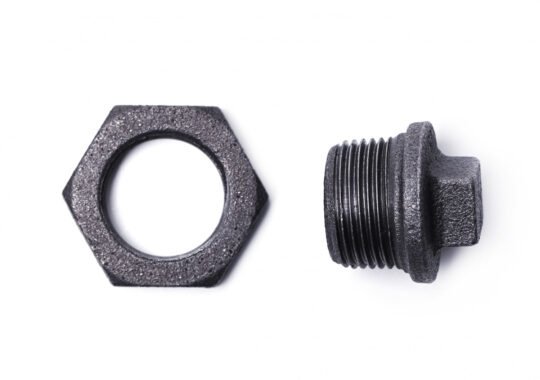At first glance it would seem the class 1 biological laminar air flow cabinet is an obsolete product, overtaken by devices such as our BioMAT 2 Class 2 safety cabinet. However, it is not always necessary to protect the actual product when working with hazardous airborne contaminants, which is why companies like us at Contained Air Solutions Ltd (CAS) manufacture both class 1 and class 2 biosafety cabinets.
While a standard (non-biological) laminar flow booth offers protection only to the experimental area, a class 1 biosafety cabinet (BSC) protects only the user and the environment. As with a class 2 BSC, the cabinet offers environmental and personnel protection against biohazards up to level 3. However, it does not prevent airborne particles from entering the booth and contaminating the product under study. Also, unlike the class 2 option there is no protection against cross-contamination, which can affect experimental integrity.
Uses
Class 1 cabinets are useful for biological processes which use volatile chemicals, where neither a recirculating cabinet or fume hood would be suitable.
They are also used to house equipment with the potential to generate aerosols, such as centrifuges, and for procedures such as small animal dosing or tissue homogenisation.
How a Class 1 cabinet operates
The class 1 biosafety booth works in a similar fashion to a chemical fume cabinet, although with certain differences.
A stream of unfiltered room air is drawn into the cabinet through the work access opening. As it does so, it picks up aerosol contaminants generated by the work being done. The air is then passed through a HEPA filtration system which effectively traps the particles, so the air being exhausted from the cabinet is clean and sterile, protecting the environment. An air curtain also forms a barrier across the front opening, protecting the user.
Design of Class 1 BSCs
While class 1 cabinets are often seen as high spec fume cupboards, they differ in several respects. For example, the inflow of air must be maintained at a velocity of 0.7 – 1.0 metres per second across the entire front aperture.
While fume cupboards have a moveable sash, a basic class 1 cabinet has a fixed front aperture, with a night door to seal the unit when not in use. Microbiological biosafety cabinets do have a sliding sash, but with a fixed aperture. Again, there is a night door.
Some class 1 BSC models have integral exhaust blowers, while others do not. In the latter, the cabinet must be hard-ducted directly to the exhaust system of the building, to maintain negative pressure and ensure the inflow of air is adequate. Cabinets fitted with a dedicated blower will still need to have it linked to the exhaust fan of the building, with a fail-safe in place to ensure that in the event the fan fails, the cabinet blower can be switched off.
One way to ensure the integrity of a class 1 safety cabinet is with an anti-blowback valve. This ensures that contaminated air isn’t forced out of the front of the cabinet if the wind pressure drops, or the external blower fails. If the valve remains closed too long and cabinet pressure rises to an unsafe level, an alarm is activated.




